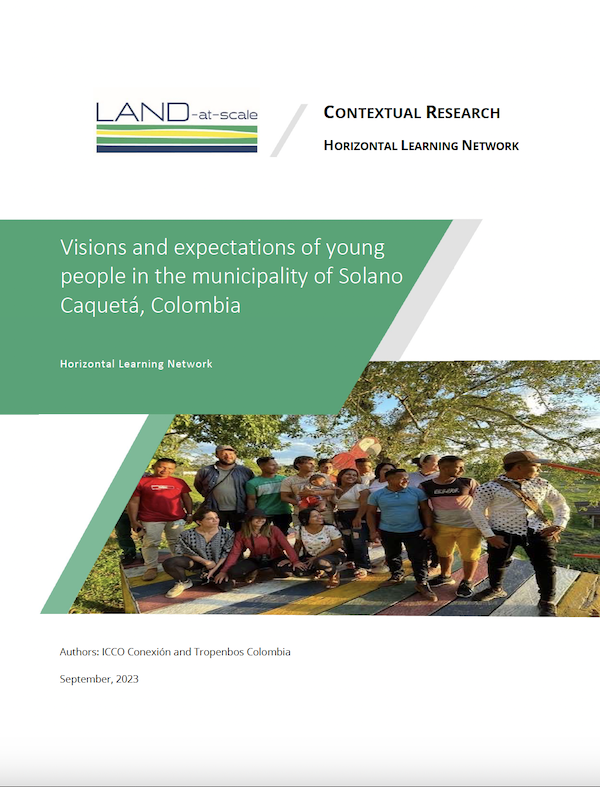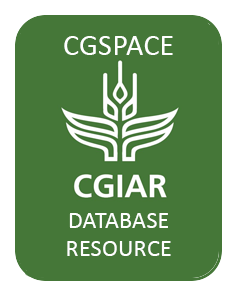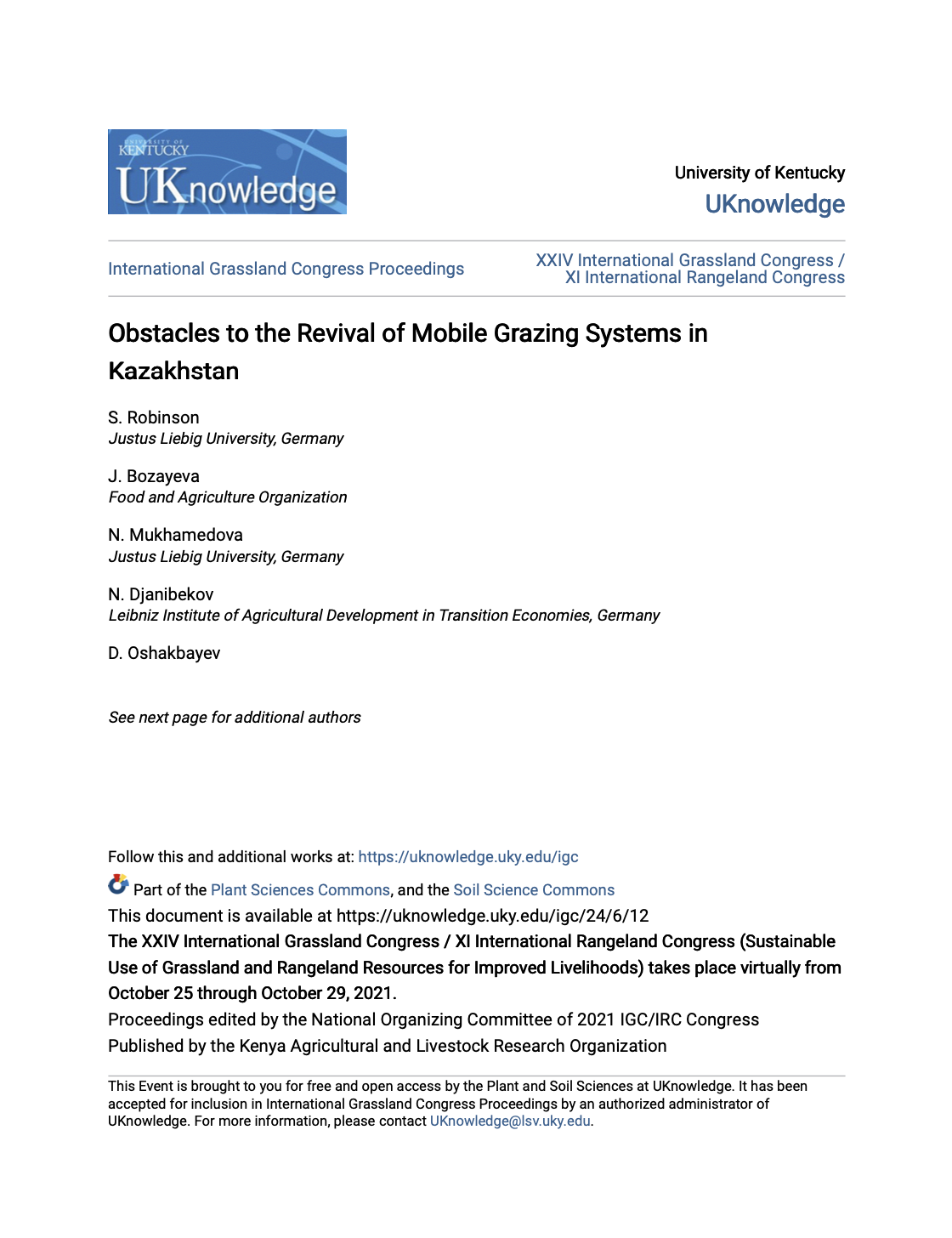Visions and expectations of young people in the municipality of Solano Caquetá, Colombia
Solano is a municipality located in the department of Caquetá within the deforestation arc of the Colombian Amazon, the second largest municipality in area of the country. Solano can only be reached by river, although there are already several trails that allow to reach the municipal’s capital by car at certain times of the year.





